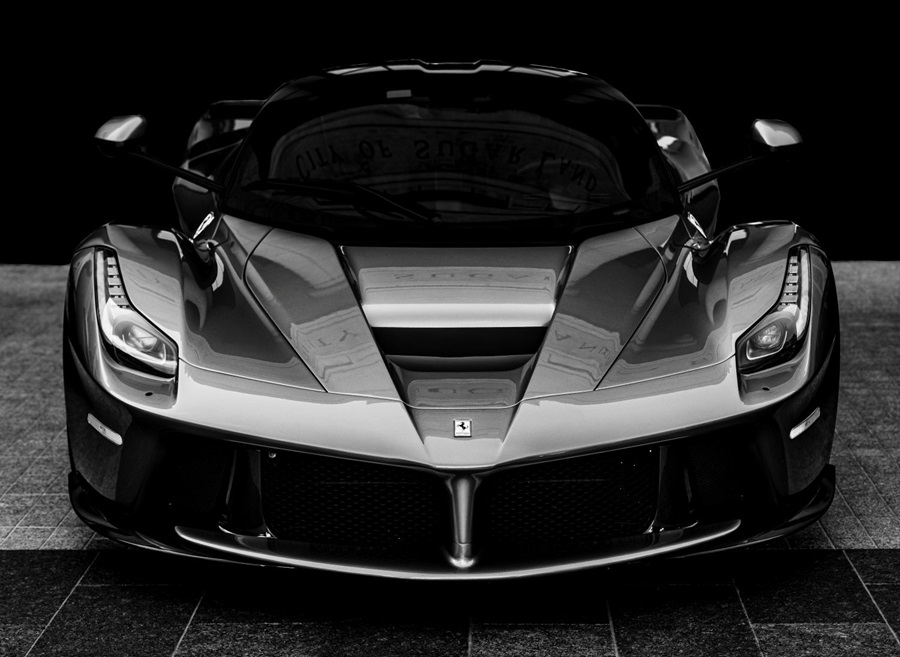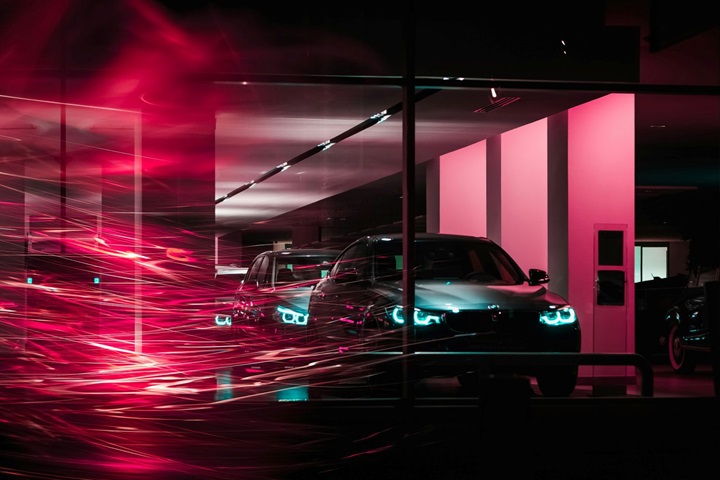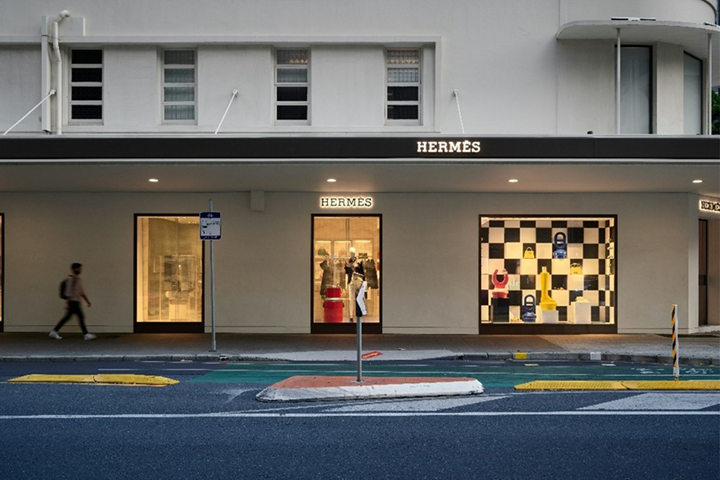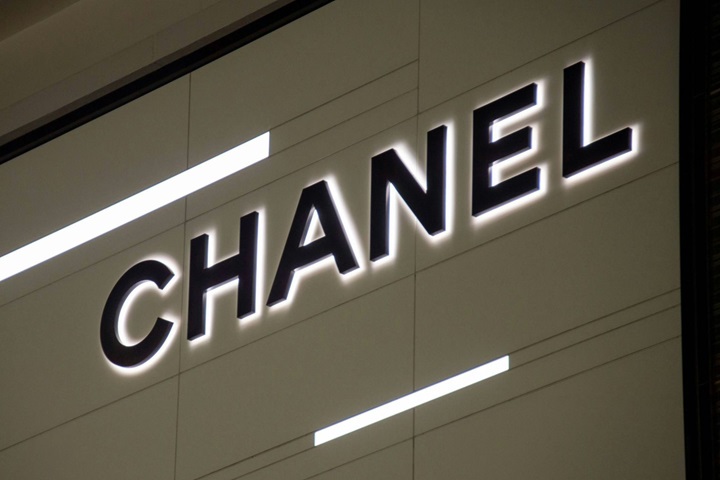In today’s marketplace, competitive advantage feels fragile. Product features appear one year and show up in competitors’ offerings the next. Innovations that once defined a brand quickly become part of the industry baseline. The result is that what once felt like leadership often turns into mere participation.
In recent memory, Tesla illustrates this dynamic. For more than a decade, it stood at the center of the electric vehicle story. Its engineering breakthroughs and charging infrastructure created momentum that reshaped an entire industry. And, for a period of time, Tesla practically defined the category. Yet in 2025, that head start has narrowed. Most global automakers now offer competitive electric vehicles. Charging networks have expanded far beyond Tesla’s original scope. What once felt extraordinary now blends into the mainstream.
This is the reality of functional advantage: it rarely lasts.
Ferrari’s Emotional Branding Strategy
Ferrari offers a rare lesson in emotional branding. Rather than relying solely on technological innovation, Ferrari’s enduring brand power comes from deep cultural meaning and consistent brand differentiation. Ferrari lives in the collective imagination, a symbol of aspiration that transcends horsepower, torque, or battery range. In Kantar’s latest BrandZ report, Ferrari’s brand value rose 39% to $14.5 billion in 2025, cementing its status as one of the world’s most valuable automotive brands.
Ferrari’s evolution as a brand has made its emotional appeal visible in everyday culture. Recently, at Milan Fashion Week, the brand’s presence extended far beyond the showroom. Its signature red, aerodynamic lines, and racing legacy surfaced on jackets, handbags, and sneakers, living symbols of confidence and motion. Ferrari has transformed its design language into a wearable code of ambition, allowing people to embody its spirit long before they ever sit behind the wheel.
How Ferrari Builds Lasting Brand Value
This is where meaning becomes momentum and where Kantar’s Blueprint for Brand Growth begins. The Blueprint shows that brands grow when they are Meaningful, Different, and Salient. Ferrari captures this equation with clarity. Its meaning is rooted in timeless human desire: pride, daring, individuality. Its difference is emotional and unmistakable. And its salience, the ability to be remembered and recognized, thrives because the brand has entered culture, not just commerce.
Whether driving the car or wearing the color, people participate in the same narrative: I move differently. That is the power of a brand built on feeling, and the blueprint for growth that endures beyond innovation cycles or product lines.
Emotional Difference Is the Hardest to Copy
Kantar’s BrandZ data highlights a consistent truth: brands rated as “Highly Different” also tend to display emotional clarity. In the automotive category, these brands often inspire pride of ownership. Consumers say they feel proud to drive them. That pride has little to do with raw specifications and everything to do with identity.
Ferrari has built emotional clarity with remarkable precision. Its story flows from Enzo Ferrari’s maverick vision through decades of Formula 1 triumphs. The prancing horse symbol, the racing heritage, and the aura of rebellion all contribute to a narrative that consumers internalize. Ferrari is strongly associated with the “rebel/hero” archetype in brand psychology. Archetypes are powerful because they create deep bonds that last longer than any product feature.
Ferrari scores high on Meaningful Difference. It feels meaningful because it taps into timeless emotions: pride, aspiration, and belonging. It feels different because no other carmaker carries the same combination of history, myth, and design. This combination sustains pricing power and loyalty far beyond the reach of functional innovation.
Consistency Builds Trust, Not Stagnation
A defining strength of Ferrari is its disciplined consistency. For decades, its red paint, its iconic badge, and the unique sound of its engines have formed a shorthand that instantly communicates the brand. Consumers recognize these cues without hesitation, and that recognition triggers trust.
Consistency, however, has not prevented Ferrari from evolving. The company has invested in hybrid technology, expanded digital experiences, and built lifestyle extensions. These moves have refreshed the brand without diluting its core. Ferrari illustrates that brands can remain consistent in identity while still progressing in relevance.
This reflects the principle of Salience. Brands that remain instantly recognizable create mental shortcuts in the minds of consumers. Ferrari’s red, its horse emblem, and the sounds of its engine are more than design choices. They are memory structures that make the brand unforgettable at the point of choice.
Cohesion Across the Ecosystem
Ferrari’s identity does not live only in the car. It extends across an ecosystem of touchpoints. Limited-edition models, carefully curated merchandise, Formula 1 sponsorships, and even Ferrari theme parks all reinforce the same story: passion, exclusivity, and performance.
Even Ferrari’s selective sales process contributes to this cohesion. By prioritizing loyal collectors, the company elevates ownership into membership. Owning a Ferrari feels less like a transaction and more like an initiation into a club. That exclusivity builds mystique, which then strengthens desirability.
This is the power of predisposing more people to the brand—one of Kantar’s Blueprint’s accelerators. When every consumer interaction supports the same story, the impact compounds. Ferrari’s attention to alignment across all channels ensures that no encounter feels inconsistent.
Culture as a Multiplier
A brand story becomes truly powerful when it enters culture. Ferrari has always understood this principle. Its long association with Formula 1 has made it synonymous with racing at the highest level. That bond ensures the brand appears in moments of cultural intensity, from the roar of a Grand Prix to the celebrations of victory.
In 2025, Ferrari’s cultural resonance is receiving an additional lift from cinema. With this summer’s Formula 1 film, Ferrari showcased its cars and technology to a global audience, enhancing its brand visibility and engagement with fans. When a brand already holds cultural authority, new moments in entertainment and media multiply its impact.
Kantar’s Blueprint highlights the importance of Being Meaningful in Culture. Brands that participate authentically in culture earn greater visibility and stronger bonds. Ferrari’s position in racing heritage places it at the center of stories people already care about.
What Other Brands Can Learn
- Lead with emotion. People remember how a brand makes them feel more than what a product can technically do. Kantar’s blueprint defines this as building Meaningfulness.
- Protect distinctive assets. Ferrari treats its horse emblem and its signature red as sacred. Every brand should identify and nurture its own equivalent assets. This drives Salience.
- Balance innovation with identity. Ferrari introduces hybrids and lifestyle experiences while preserving its core story. Brands must evolve in ways that strengthen their essence rather than weaken it, sustaining Difference.
- Create cohesion. Every consumer touchpoint should echo the same identity. Fragmentation erodes trust, while cohesion multiplies recognition and attachment.
- Invest in culture. Ferrari does not chase cultural trends opportunistically. It lives within culture through racing and entertainment. Brands that integrate authentically into culture unlock disproportionate visibility.
Why Aren’t There More ‘Ferraris’?
- Short-term pressure. Companies focus on quarterly results and emphasize functional improvements that can be measured quickly, while emotional equity requires long-term commitment. Ferrari plays for the long horizon.
- Dilution of assets. In pursuit of freshness, brands often change logos, taglines, or color palettes too often. This weakens recognition. Ferrari has shown restraint, ensuring its assets grow stronger with time.
- Fragmented storytelling. Campaigns shift, agencies rotate, and brand narratives lose continuity. Ferrari avoids this trap by maintaining a single story across decades.
- Cultural hesitation. Many brands enter cultural conversations tentatively or opportunistically, risking backlash. Ferrari holds a natural and credible place in culture because of its racing heritage.
Blueprint for Brands That Outlast the Moment
Kantar’s BrandZ has shown time and time again what happens when brands lose Meaningful Difference: pricing power weakens, preference fades, and growth stalls. The Blueprint for Brand Growth points to the remedy; brands thrive when Meaningful Difference meets Salience and is anchored in predisposing more people to the brand. Ferrari embodies that equation.
In a world where functional edges vanish overnight, Ferrari proves that emotional advantage endures and multiplies. The strongest form of difference isn’t engineered in factories; it’s imagined in culture and lived through identity.
When a brand becomes something people dream about rather than simply buy, it stops chasing the market and starts defining it.






